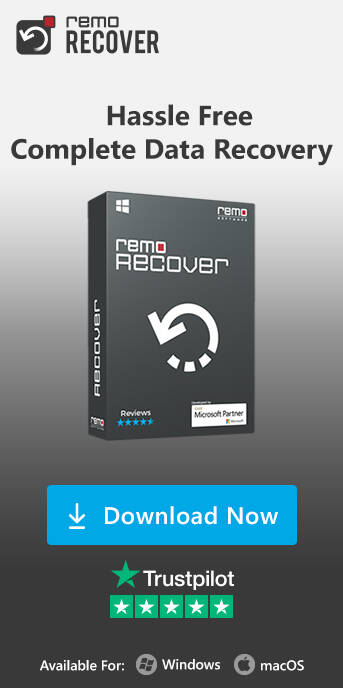A disk editor is an application program that allows users to create, modify, and read raw data on drivers, such as hard disks, USB flash drives, or removable media like floppy disks. These are sometimes called sector editors, and read/write routines are built into the electronics of most disk drives to read/write in chunks of sectors. In addition, a few disk editors may be used to edit the contents of a running PC's disk image or memory.
A disk editor allows access to basic data structures, such as volume boot records, MBR, file systems, and directories. Even application developers can use it to understand these structures and examine whether their implementation works properly.
Sometimes, these structures are edited to provide examples for teaching data recovery and forensics or to hide data to achieve confidentiality or protect data from casual examiners. However, changing such data structures provides only a weak level of protection, and data encryption is the preferred method to achieve privacy.
Features of DiskEditor
Some disk editors include special features that enable more comfortable ways to fix and edit file systems or other disk-specific data structures. Additionally, some include simple file browsers that can present the disk contents for incompletely corrupted file systems, and these functions can be used, for example, for file recovery.
- Hexadecimal View: DiskEditor presents data in a hexadecimal format, making it easy to view and edit each byte.
- Search and Replace: Users can search for specific data patterns and replace them, making it useful for data recovery tasks.
- Data Recovery: DiskEditor can be invaluable in recovering lost or corrupted data by directly manipulating disk content.
- File System Analysis: It can analyze and interpret various file systems, aiding in data recovery from fat32 and NTFS file systems and forensic analysis.
- Custom Templates: Users can create custom templates for interpreting data structures, which is particularly useful for reverse engineering tasks.
- Cross-Platform Compatibility: DiskEditor is available for multiple operating systems, ensuring versatility.
Benefits of Using DiskEditor
- Precision: DiskEditor offers granular control over data, allowing users to pinpoint and edit specific information.
- Versatility: It supports various storage devices and file systems, making it adaptable to different scenarios.
- Data Recovery: DiskEditor's capabilities can save critical data from data loss. However, you need a professional data recovery tool like Remo Recover to recover data from complex data loss scenarios from your drive.
- Cost-Effective: Compared to specialized data recovery services, DiskEditor is a cost-effective solution.
- Customization: Users can tailor DiskEditor to their specific needs with custom templates.
Here is a list of free Windows Disk Editor software:
- HxD
- wxHex Editor
- Roadkil's Sector Editor
- ICY Hexplorer
- iBored
And for Linux Disk Editor software:
- wxHex Editor
- hexedit
- shed
- iBored
If you have lost data from a logical drive, don't worry; you can use Remo Recover software to restore logical drive data in a matter of minutes. Learn more by visiting the provided link.
Conclusion
DiskEditor is a powerful tool for anyone dealing with data management, recovery, or forensic analysis. Its unique features and capabilities make it an invaluable addition to your toolkit. However, it's essential to exercise caution while using DiskEditor to avoid unintended data corruption.
